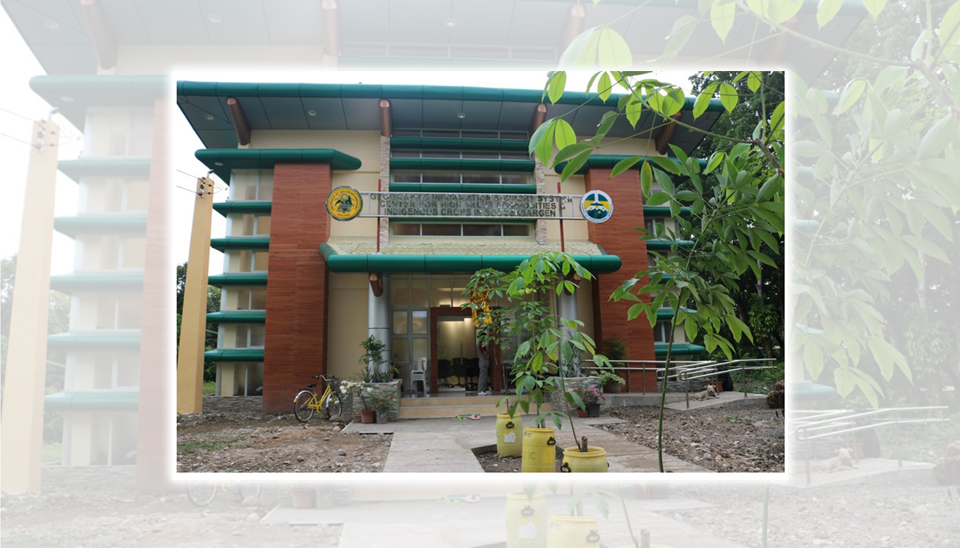
DA-ACEF-RFDG and USM-CA break ground, give rise to the Geographic Information Support System Center for High Value Commodities and Indigenous Crops in SOCCSKARGEN
September 1, 2021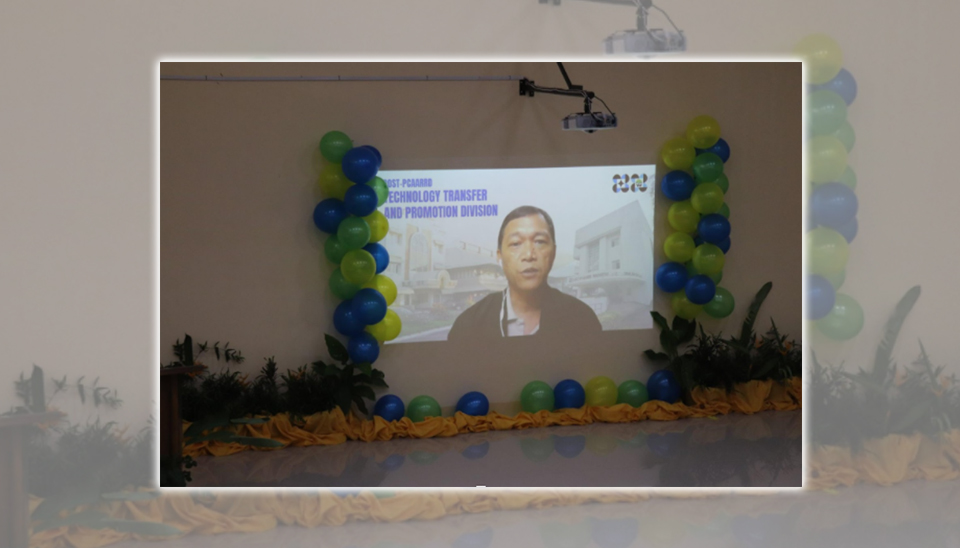
Unveiling Ceremony of the USM-DOST PCAARRD Technology Center and DOST PCAARRD – USM ATBI
October 16, 2021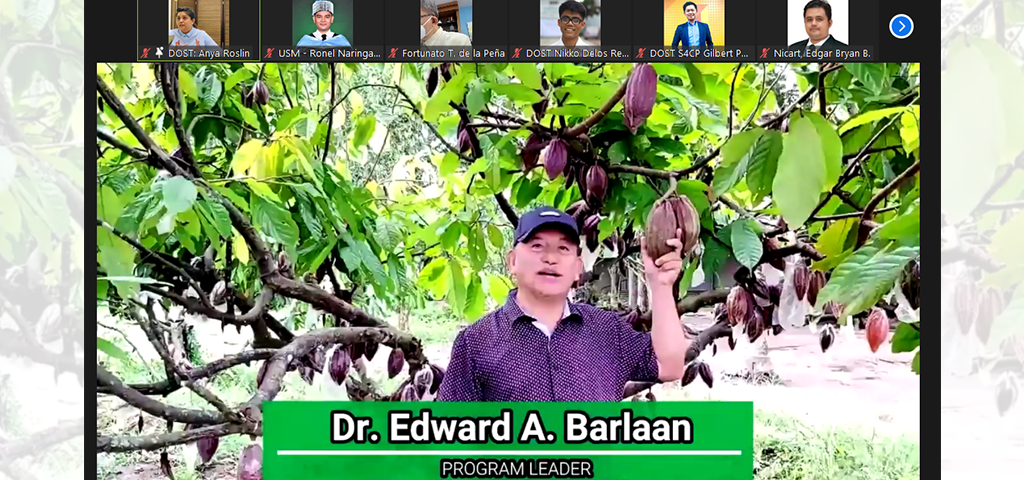
The Department of Science and Technology (DOST) through its Science for Change Program has introduced new Niche Centers in the Regions (NICER) for R&D in various agricultural commodities during the Virtual Press Conference on “Regional Resiliency: Equipping Agriculture for the Future” on September 14, 2021 via Zoom and FB streaming. The Virtual Presser was graced by DOST Secretary Fortunato dela Peña and DOST Undersecretary Rowena Guevarra.
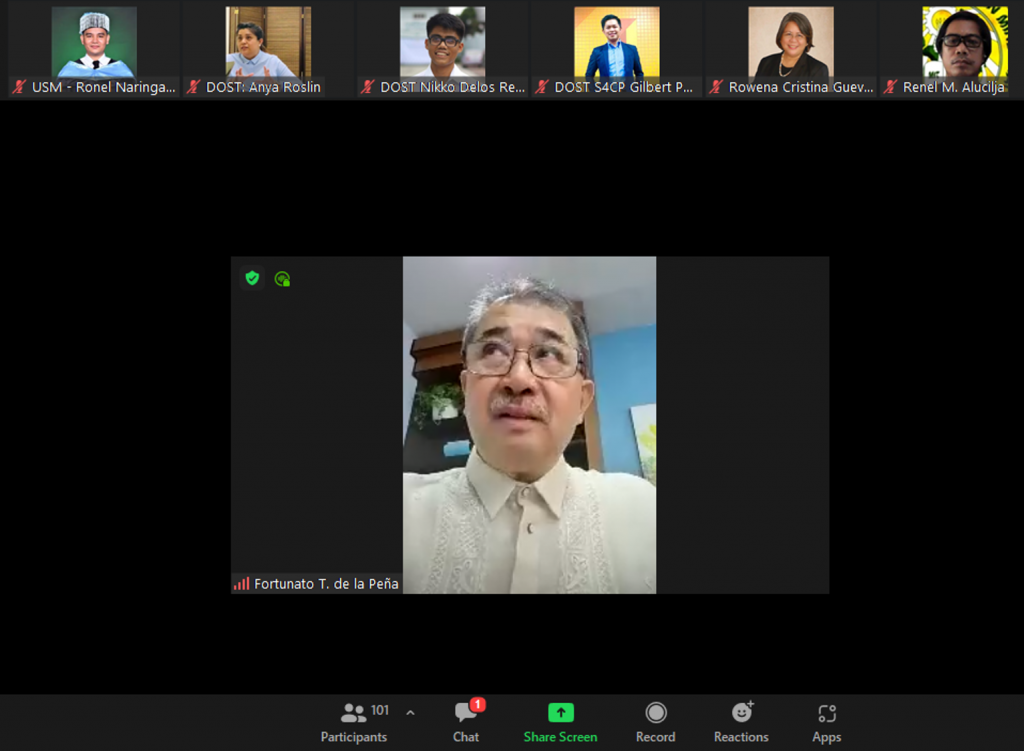
DOST has identified the University of Southern Mindanao (USM) as the NICER for cacao R&D. It has recently provided a research grant to the University for the establishment of the NICER Cacao R&D Center with the Philippine Council for Agriculture, Aquatic and Natural Resources Research and Development (PCAARRD) as the monitoring agency. NICER Cacao R&D Center was formally launched, live and on line, on August 27, 2021 with more than 70 participants nationwide from various agencies and institutions. The launching featured inspiring messages from DOST Undersecretary Rowena Guevarra, DOST-PCAARRD Executive Director Reynaldo Ebora and USM President Francisco Gil Garcia.
There is a need to establish a Cacao R&D Center to boost the cacao industry in the country attributed to the worldwide demand of cacao beans. Although the Philippines is highly suitable for cacao production geographically, there are several constraints in cacao production and postharvest processing affecting yield and quality of cacao beans, which need R&D interventions.
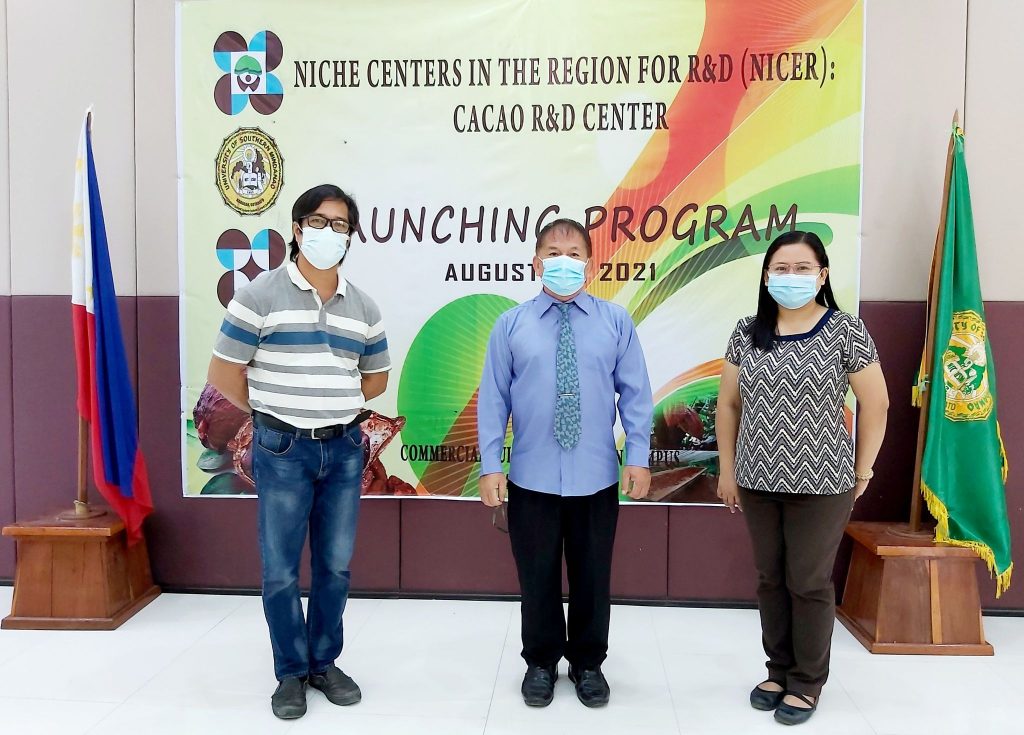
USM strongly fits to host the NICER Cacao R&D Center since it is the center for cacao genetic diversity in the Philippines and is located near the major cacao growing regions in Mindanao. It is also active in research, development, and extension particularly in cacao breeding, production, processing, and product development. USM is an ISO-certified university and a Center for Excellence in Agriculture. It has also strong manpower and sufficient laboratories and facilities that ensure delivery of expected outputs.
NICER Cacao R&D Center aims to develop relevant and functional R&D projects based on the needs and problems faced by cacao industry to help provide interventions for the benefit of various cacao stakeholders. Currently, three projects are implemented, which address the needs and gaps in cacao industry such as scarcity of certified true-to-type quality planting materials of National Seed Industry Council (NSIC) recommended varieties and true Criollo cacao types; narrow genetic diversity for cacao breeding; and the lack of efficient post-harvest technologies to improve quality of cacao beans and bean products.
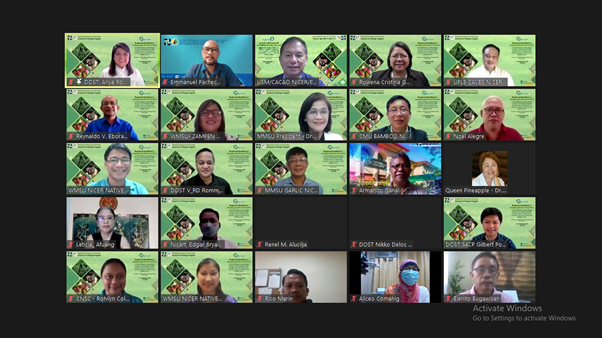
These projects provide interventions and solutions such as molecular fingerprinting of cacao parental high-yielding varieties and Criollo cacao for QPM multiplication to increase productivity and profitability; upgrading of cacao gene bank for conservation and management in cacao varietal improvement; and the development of optimized post-harvest processing approaches for improved quality of cacao beans. The program is headed by Dr. Edward Barlaan with Dr. Gwen Iris Empleo and Engr. Renel Alucilja as project leaders. The Center is actively working with government and private sectors to help boost the cacao industry. These include the Department of Trade and Industries, Department of Agriculture Philippine Cacao Industry Council, state and private universities, international organizations, cacao-related group chats, cacao nursery operators, growers, farmers, processors, and other stakeholders.
